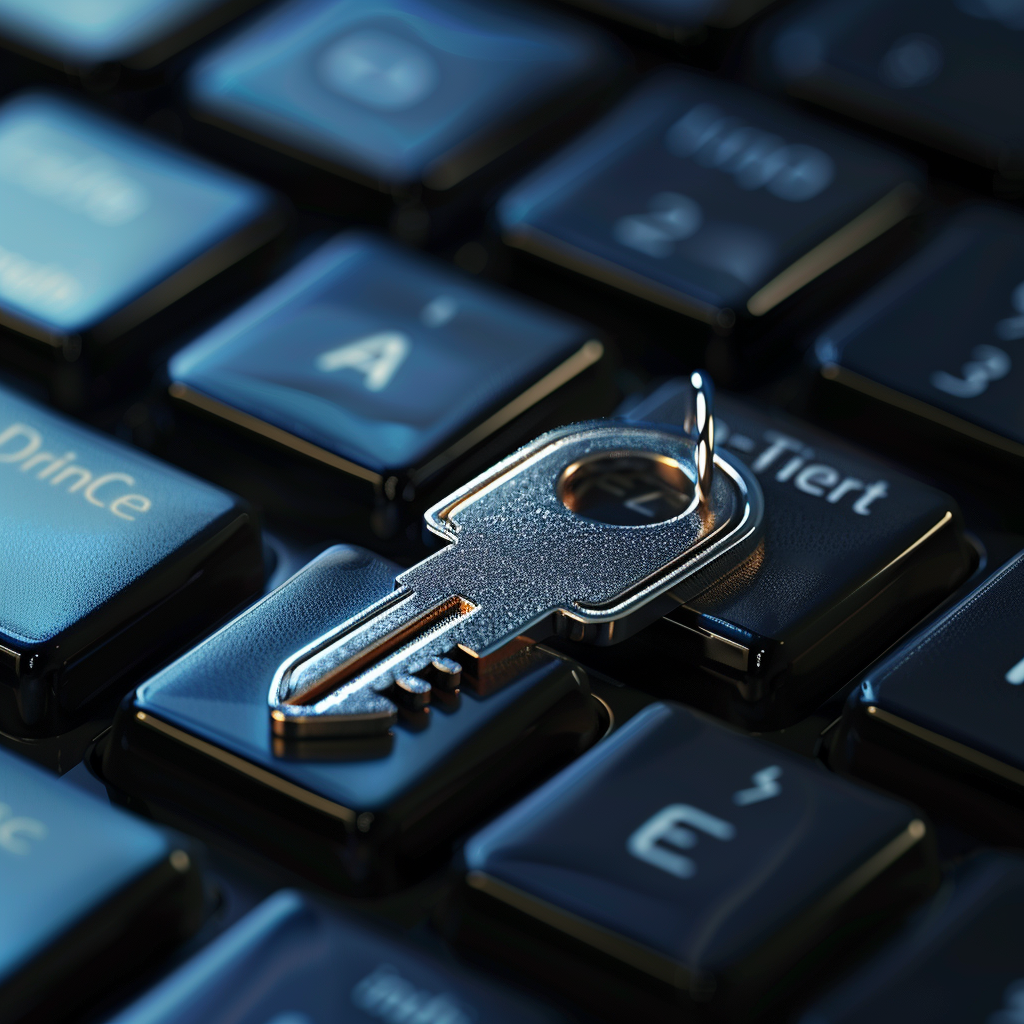Hey there, digital guardians! Are you tired of struggling to remember countless passwords for all your online accounts? Do you worry about the security of your passwords and the vulnerability of your digital accounts? Fear not! With a few simple strategies, you can simplify your password management and ensure that your online accounts are secure and organized. Say goodbye to password stress and hello to a streamlined and fortified digital fortress. Let’s dive into these game-changing tips for mastering your passwords:
1. Use a Password Manager:
Invest in a reputable password manager to securely store and manage all your passwords in one encrypted vault. Password managers like LastPass, 1Password, or Dashlane generate strong, unique passwords for each of your accounts, eliminating the need to remember them all.
2. Create Strong and Unique Passwords:
When creating passwords for your accounts, use a combination of uppercase and lowercase letters, numbers, and special characters to make them strong and resistant to hacking attempts. Avoid using common words, phrases, or easily guessable patterns, and aim for passwords that are at least 12 characters long.
3. Enable Two-Factor Authentication (2FA):
Add an extra layer of security to your accounts by enabling two-factor authentication (2FA) wherever possible. 2FA requires you to provide a second form of verification—such as a temporary code sent to your phone or email—alongside your password, making it harder for unauthorized users to access your accounts.
4. Audit and Update Your Passwords Regularly:
Regularly audit your passwords and update them to ensure they’re strong and secure. Use your password manager’s auditing tools to identify weak or compromised passwords, and update them with new, stronger ones. Aim to audit your passwords at least once every few months to stay ahead of potential security risks.
5. Organize Your Passwords:
Keep your passwords organized and easy to manage by categorizing them into groups or folders within your password manager. Organize passwords by type (e.g., work, personal, finance) or frequency of use to streamline your access and retrieval process.
6. Sync Across Devices:
Ensure that your password manager syncs across all your devices—smartphone, tablet, laptop, desktop—to ensure you have access to your passwords whenever and wherever you need them. Enable sync settings in your password manager to keep your passwords up to date across all your devices.
7. Practice Good Security Hygiene:
Practice good security hygiene by following basic security protocols and best practices. Avoid sharing passwords with others, especially over unsecured channels like email or messaging apps. Be cautious of phishing attempts and never provide your password in response to unsolicited requests or emails.
8. Back Up Your Passwords:
Backup your password manager’s encrypted vault regularly to prevent data loss in case of device failure or data corruption. Most password managers offer backup and recovery options, so take advantage of these features to ensure the integrity of your password data.
9. Educate Yourself and Stay Informed:
Stay informed about the latest trends and developments in password security and cybersecurity in general. Educate yourself about common threats and vulnerabilities, and take proactive steps to protect your digital identity and assets.
10. Seek Professional Help if Needed:
If you’re overwhelmed or unsure about how to improve your password security, don’t hesitate to seek professional help. Consider consulting with a cybersecurity expert or IT professional who can provide guidance and assistance tailored to your specific needs and concerns.
With these tips for simplifying and securing your passwords, you’ll take control of your digital security and protect your online accounts from unauthorized access and cyber threats. So go ahead, master your passwords, and fortify your digital fortress against potential intruders. Happy password managing!



